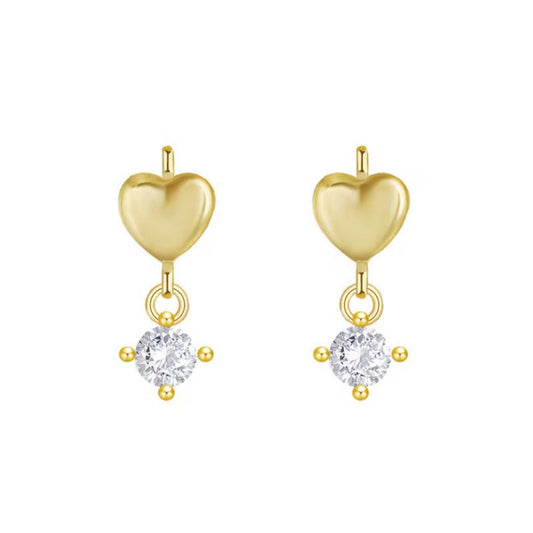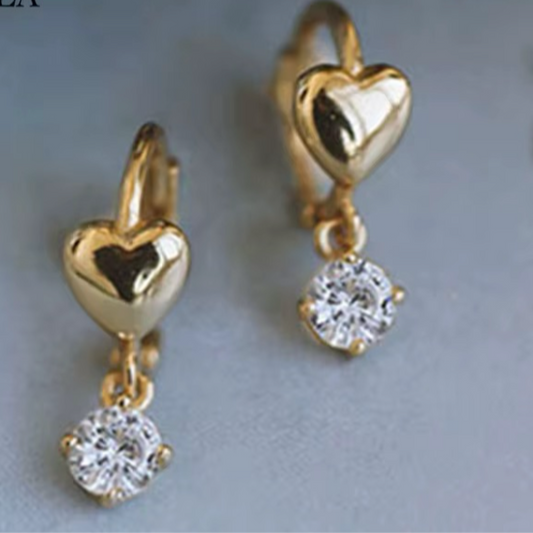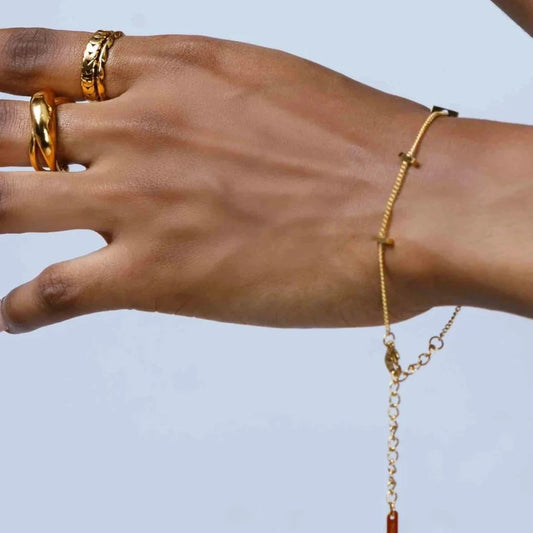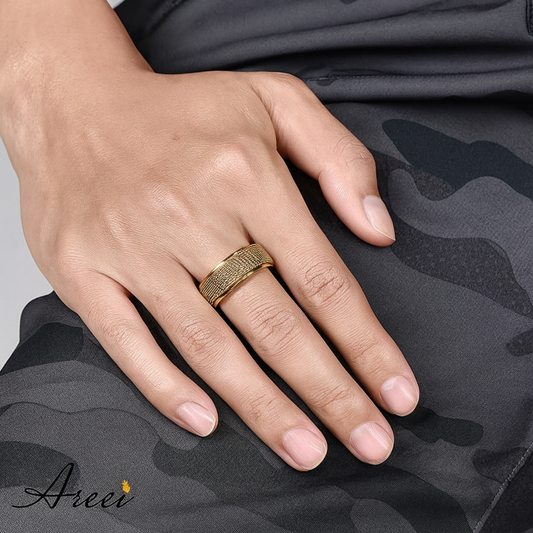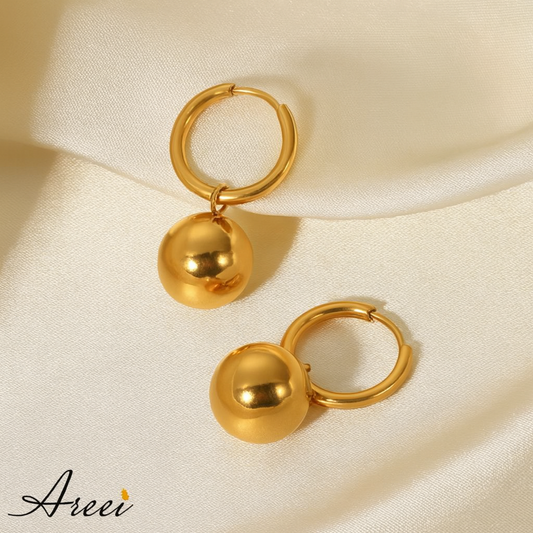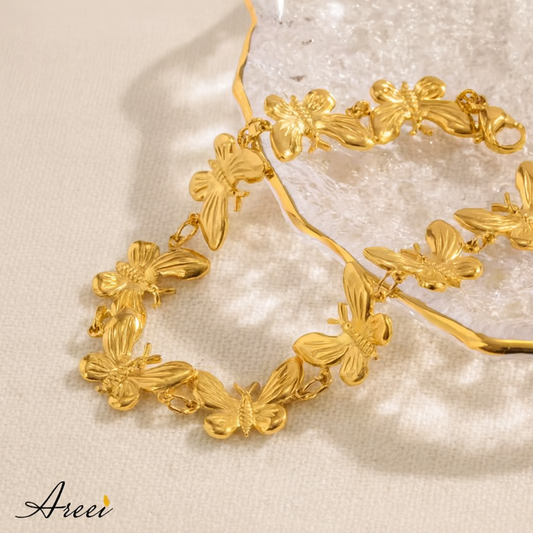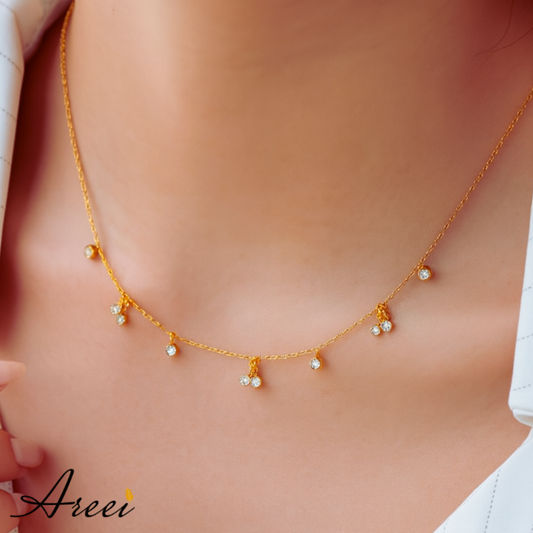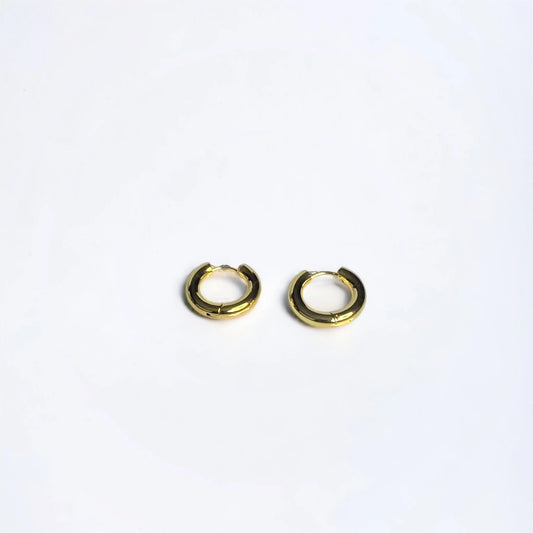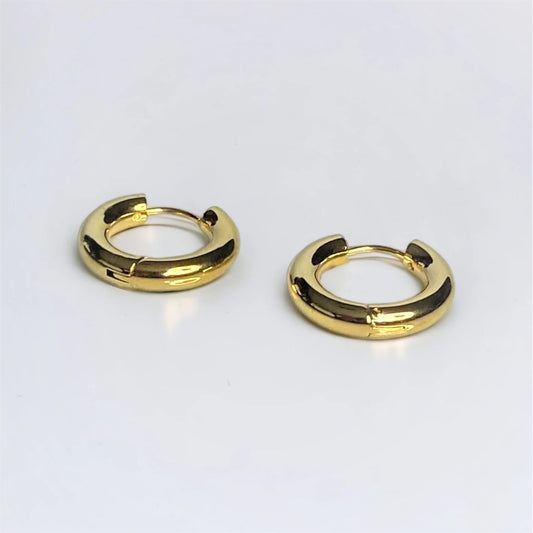Gold has captivated humanity for millennia, serving as both a symbol of wealth and a reliable store of value. Whether you're investing in gold bars, collecting gold coins, or purchasing gold jewellery, understanding how to ensure your gold will last long is crucial for protecting your investment. This comprehensive guide will help you identify durable gold, maintain its quality, and maximise its longevity.
What Makes Gold Last Long? Understanding Gold's Natural Properties
The Science Behind Gold's Durability
Gold's exceptional longevity comes from its unique chemical properties. As a noble metal, gold is highly resistant to corrosion, tarnishing, and oxidation. Pure gold (24-karat) is virtually indestructible under normal conditions, making it one of the most durable precious metals out there.
Key properties that contribute to gold's longevity:
- Chemical stability: Gold doesn't react with oxygen, water, or most acids
- Corrosion resistance: Unlike silver or copper, gold won't develop green stains or rust
- Malleability: Gold can be shaped without breaking, reducing structural damage
- Non-magnetic properties: Gold can’t be affected by magnets
Pure Gold vs. Gold Alloys: Which Lasts Longer?
While pure gold offers maximum durability, most gold items contain alloys for practical reasons. Understanding the difference is crucial for longevity:
24-Karat Gold (Pure Gold)
- Maximum durability and corrosion resistance
- Soft and prone to scratches and dents
- Best for investment purposes
- Limited practical jewellery applications
18-Karat Gold
- 75% gold content with 25% other metals
- Excellent balance of durability and hardness
- Suitable for everyday jewellery wear
- Good long-term value retention
14-Karat Gold
- 58.3% gold content
- More durable for daily wear
- Less expensive but still valuable
- May show more signs of aging over time
How to Identify High-Quality Gold That Will Last
Visual Inspection Tips for Gold Longevity
Signs of High-Quality, Durable Gold:
- Consistent colour throughout: No discolouration or colour variations
- Smooth, even finish: Well-crafted pieces show attention to detail
- Solid construction: Heavy feel relative to size indicates quality
- Minimal wear patterns: High-quality gold shows less scratching
Red Flags to Avoid:
- Green or black marks on skin: Indicates low-quality alloys
- Rapid tarnishing: Suggests high copper or silver content
- Peeling or chipping: Sign of gold plating over base metals
- Magnetic attraction: Real gold is never magnetic
Factors That Affect Gold's Longevity
Environmental Factors
Humidity and Moisture
- Pure gold is unaffected by humidity
- Gold alloys may show slight reactions over time
- Proper storage prevents accelerated aging
Chemical Exposure
- Avoid contact with chlorine, bleach, and harsh chemicals
- Perfumes and lotions can affect gold alloys
- Swimming pool chemicals can damage gold jewellery
Temperature Fluctuations
- Extreme temperature changes can affect gold alloys
- Thermal expansion may stress joints and settings
- Store gold in temperature-stable environments
Usage and Handling Factors
Daily Wear Considerations
- 18K and 14K gold better suited for everyday use
- Remove jewellery during physical activities
- Regular inspection prevents minor issues from becoming major problems
Storage Methods
- Separate pieces to prevent scratching
- Use soft cloth pouches or lined jewellery boxes
- Avoid storing different metals together
Proper Gold Care and Maintenance for Maximum Longevity
Cleaning Techniques That Preserve Gold
Safe Cleaning Methods:
For Pure Gold and High-Karat Pieces:
- Warm soapy water with mild dish soap
- Soft-bristled toothbrush for gentle scrubbing
- Rinse thoroughly with clean water
- Pat dry with soft, lint-free cloth
What to Avoid:
- Abrasive cleaners or brushes
- Bleach or chlorine-based products
- Excessive heat or steam cleaning
- Harsh chemicals or acids
Storage Best Practices
Short-term Storage:
- Clean, dry environment
- Individual soft pouches
- Away from other metals
- Controlled humidity levels
Long-term Storage:
- Safety deposit box or home safe
- Sealed containers with desiccants
- Regular inspection schedule
- Proper documentation and insurance
Flute Gold Necklace from Areei
Common Myths About Gold Durability Debunked
Myth 1: "All Gold Lasts Forever"
Reality: While pure gold is extremely durable, gold alloys can show wear and may require maintenance over time.
Myth 2: "Higher Karat Gold Is Always Better"
Reality: The best karat depends on intended use. 18K offers an excellent balance for jewellery, while 24K is better for investment.
Myth 3: "Gold Never Needs Maintenance"
Reality: Even durable gold benefits from proper care, cleaning, and storage to maintain its appearance and value.
Myth 4: "Gold Plated Items Last as Long as Solid Gold"
Reality: Gold plating wears off over time, while solid gold maintains its integrity indefinitely with proper care.
Signs Your Gold May Not Last: When to Be Concerned
Physical Warning Signs:
- Discolouration: Green or black marks indicate base metal exposure
- Flaking or peeling: Suggests gold plating rather than solid gold
- Excessive wear: Rapid deterioration indicates low quality
- Structural damage: Cracks or breaks in seemingly minor stress situations
Performance Indicators:
- Skin reactions: Allergic responses suggest high alloy content
- Rapid tarnishing: Quality gold maintains its luster longer
- Weight loss: Significant weight reduction over time indicates wear
Remember that the longevity of your gold depends on several factors: the purity of the metal, the quality of craftsmanship, environmental conditions, and how well you care for it. While pure gold is virtually indestructible, practical considerations often make gold alloys the better choice for jewellery and everyday items.

